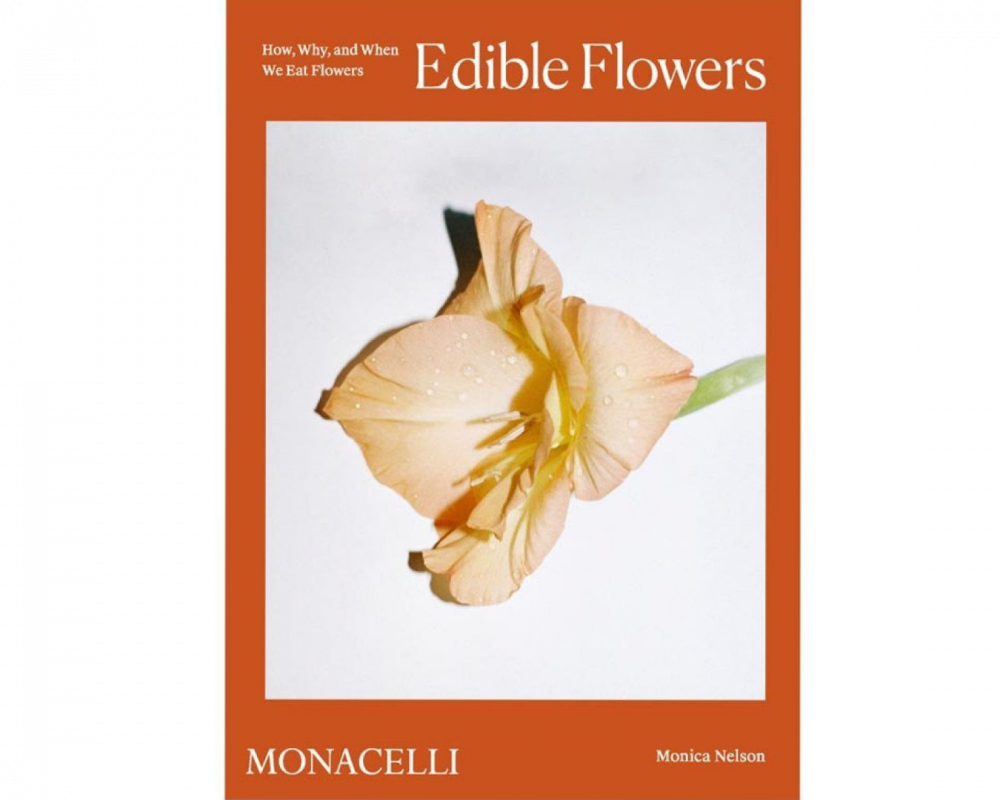Edible Flowers
by Monica Nelson
On a culinary note, marigolds were churned with cream to add a richer color, mustard is planted in vineyards to help aerate the soil and hops can be used to flavor dishes much like bay leaf. My favorite tidbit is the variety of names used for violets, including love-lies-bleeding and Jack-jump-up-and-kiss-me. Also compelling is the depth of medicinal and culinary knowledge regarding plants that have gone to seed, as it were. Our connection to the natural world was once a thing of great joy and value, now restricted to the works of dedicated researchers like Nelson.
Christopher Kimball
And if you're looking for more Milk Street, check out our livestream cooking classes with our favorite chefs, home cooks and friends for global recipes, cooking methods and more.

Sign up to receive texts
Successfully signed up to receive texts!
We'll only send our very best offers - Like a $15 store credit to start.
By entering your phone number and submitting this form, you consent to receive marketing text messages (such as promotion codes and cart reminders) from Christopher Kimball's Milk Street at the number provided, including messages sent by autodialer. Consent is not a condition of any purchase. Message and data rates may apply. Message frequency varies. You can unsubscribe at any time by replying STOP or clicking the unsubscribe link (where available) in one of our messages. View our Privacy Policy and Terms of Service.



